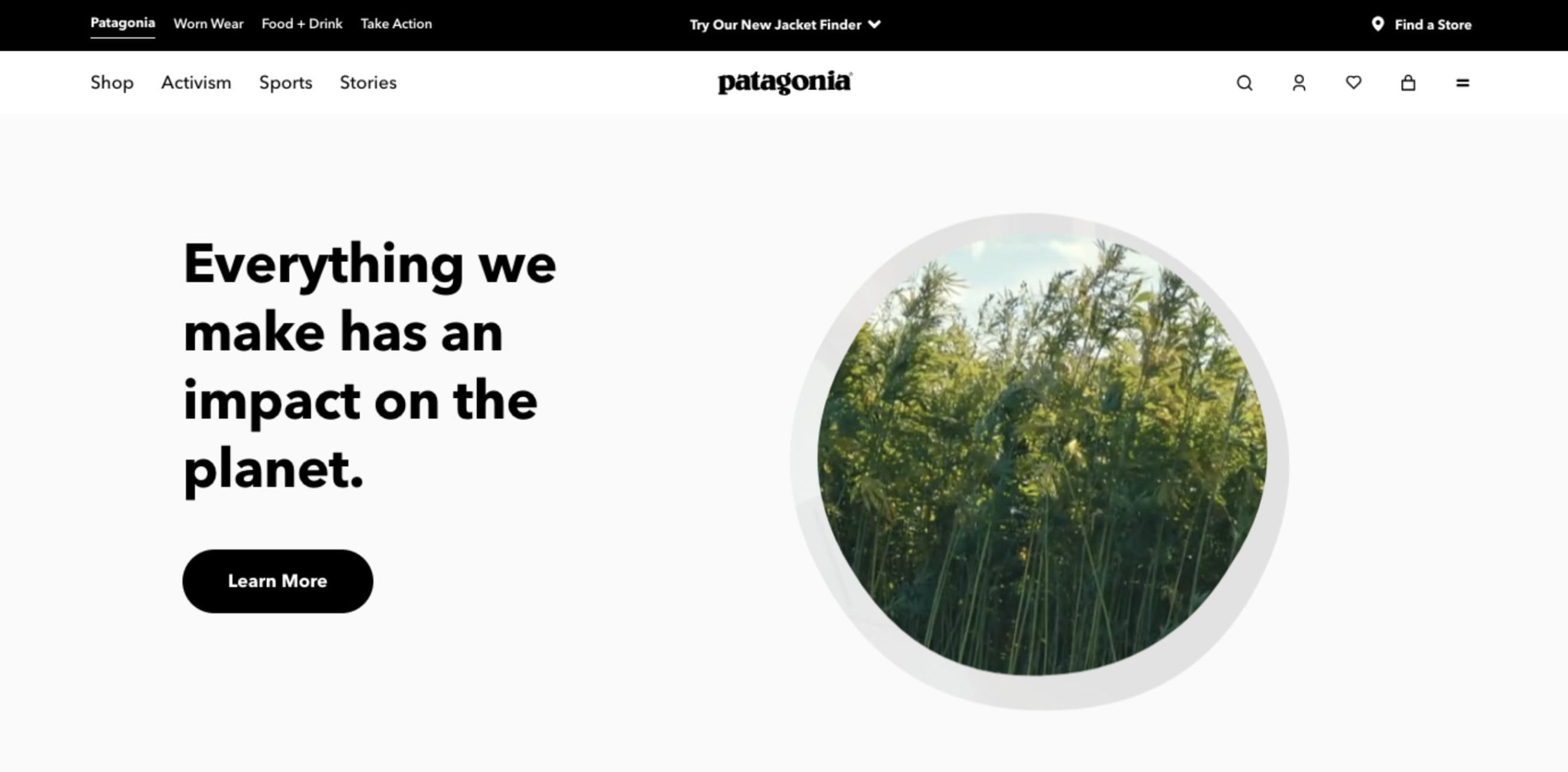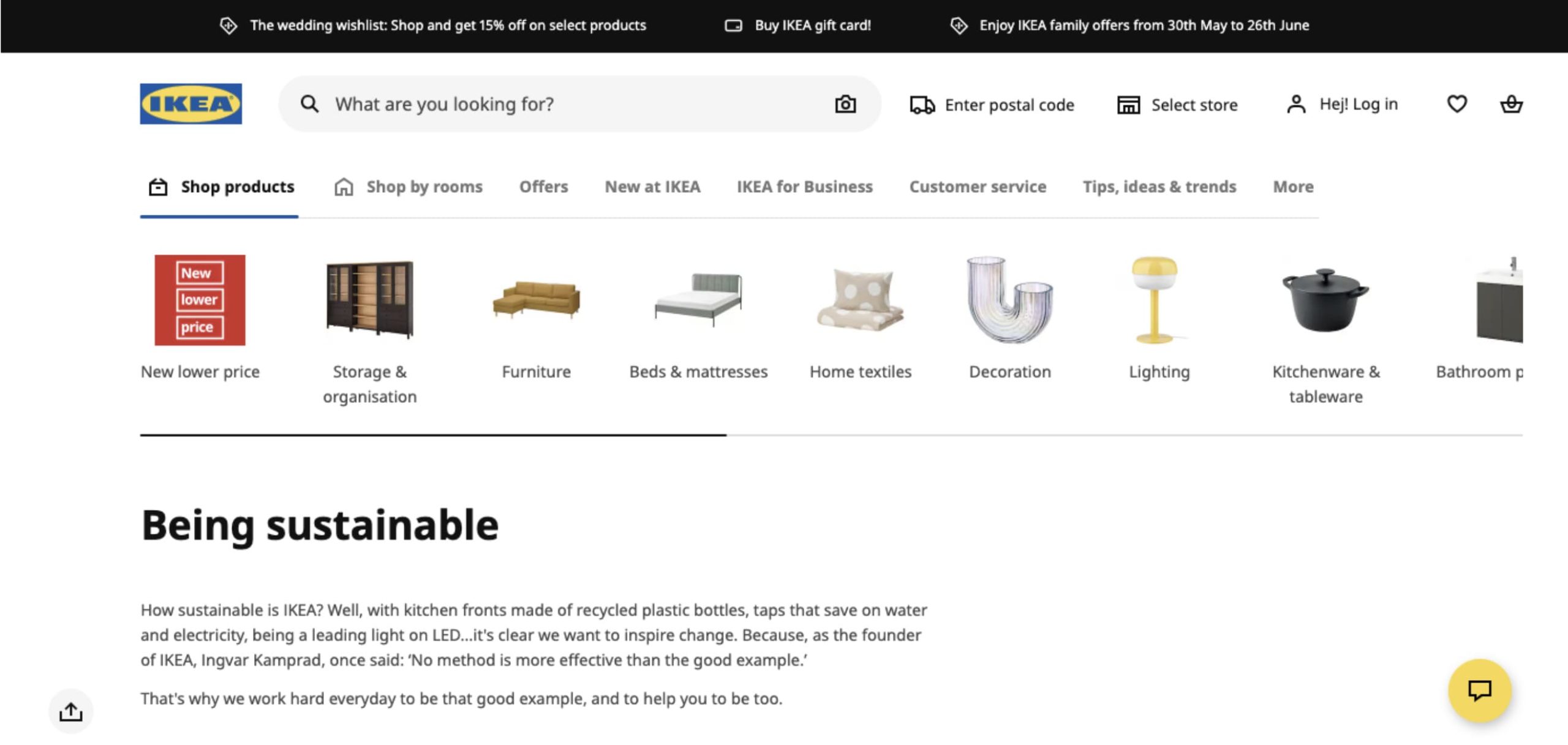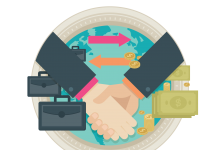
By Syed Balkhi
The business landscape is evolving, and with it, consumer expectations. Consumers today are more informed and conscious about the impact of their purchases. They seek brands that reflect their values, particularly when it comes to sustainability.
This shift means that businesses can no longer ignore the environmental and ethical implications of their operations.
A sustainable supply chain isn’t just a nice-to-have. It’s a critical component of a modern business strategy. It involves adopting practices that minimize environmental harm and promote social responsibility.
Whether it’s sourcing raw materials or delivering finished products, every step in your supply chain offers an opportunity to make a positive impact.
Investing in sustainability can seem daunting, but the benefits far outweigh the challenges. It will not only help you contribute to a healthier planet, but will also help enhance your brand’s image, build customer loyalty, and stay ahead of regulatory requirements.
In this blog post, we’ll explore what a sustainable supply chain entails and how it can elevate your brand.
Let’s get started.
What Is a Sustainable Supply Chain?
A sustainable supply chain is a business approach in which you manage the flow of goods, services, and information from the initial raw material sourcing to the end consumer through minimized environmental impact and better social responsibility. This involves several key practices:
- Ethical Sourcing: This means you are committed to procuring materials from suppliers who adhere to environmental and social standards. This includes ensuring that resources are sourced responsibly, without harming the ecosystem. You also ensure that suppliers follow fair labor practices.
- Waste Reduction: As a sustainable business, you need to implement processes that minimize waste at every stage of production. This can involve recycling materials, reducing packaging, and optimizing production methods to decrease the amount of waste generated.
- Energy Efficiency: You’re also responsible for using energy more efficiently throughout the supply chain. This includes adopting renewable energy sources, improving transportation logistics to reduce carbon emissions, and utilizing energy-efficient machinery and facilities.
- Fair Labor Practices: Sustainable businesses also ensure that all workers involved in the business are treated fairly. This includes providing safe working conditions, paying fair wages, respecting workers’ rights, and avoiding child or forced labor.
- Transparency and Traceability: You’re also responsible for maintaining transparency in the supply chain. You can do this by tracking and reporting on the origins of materials, the production processes, and the environmental and social impacts of these activities. This allows your users to make informed decisions and holds companies accountable for their practices.
- Sustainable Design: Sustainable design is another major factor to consider. You need to design the products with their entire lifecycle in mind, from production to disposal. You have to be mindful of the materials you’re using for example. Make sure that it can be recycled or composted. When you’re designing products, you need to ensure that they are durable and repairable.
By integrating these practices, a sustainable supply chain not only reduces the environmental footprint but also enhances social equity and economic viability. It aligns a company’s operations with broader sustainability goals, which can lead to improved brand reputation, increased customer loyalty, and long-term business success.
Why Does It Matter to Your Brand?
Your brand image is how consumers perceive you. A sustainable supply chain can significantly enhance this perception. Here’s how it can impact your brand image.
1. Build Trust with Consumers
When you prioritize sustainability, you show consumers that you care about more than profits. This builds trust and loyalty amongst your users. Such customers are more likely to support a brand that aligns with their values.
2. Meet Growing Demand for Ethical Products
Today’s consumers are increasingly looking for products that are ethically sourced and environmentally friendly. By adopting sustainable practices, you meet this growing demand and attract a larger customer base.
3. Boost Your Reputation
A commitment to sustainability can set you apart from competitors. Positive media coverage and word-of-mouth recommendations will boost your reputation, making you a preferred choice in the market.
4. Improve Resilience
A sustainable supply chain can make your business more resilient to disruptions. By adhering to ethical sourcing and diversified supply chains, you can reduce the risk of dependency on a single supplier or region. This can help you navigate challenges more effectively.
5. Reduce Regulatory Risks
Governments from around the world are implementing stricter regulations on environmental and social practices. By adopting sustainable practices, you can stay ahead of regulatory requirements. It also helps avoid potential fines or legal issues.
4 Steps to Building a Sustainable Supply Chain
Now that you understand the benefits, here are some steps to make your supply chain more sustainable:
1. Evaluate Your Suppliers
When you’re building a sustainable supply chain business, you need to assess your current suppliers. Always make sure that they follow ethical practices and have sustainability certifications. If not, consider switching to more responsible partners who are committed to following these practices.
2. Optimize Resource Use
The next point to consider when building a sustainable supply chain business is to look for ways to reduce waste. It’s also important to consider using your resources more efficiently. This is possible if you consider recycling materials, using renewable energy, and minimizing packaging.
3. Implement Fair Labor Practices
Ensure that all workers in your supply chain are treated fairly and work in safe conditions. They should be entitled to fair wages and reasonable working hours. You should also be strictly against employing children at your workplace.
4. Monitor and Report Progress
It’s also important to regularly monitor your supply chain to ensure compliance with sustainability goals. Reporting your progress transparently to consumers can further enhance your credibility.
Real-World Examples
Several brands have successfully enhanced their image through sustainable supply chains. Let’s look at two popular real-world business examples that have done it.
1. Patagonia

Patagonia’s commitment to sustainable sourcing and fair labor practices has made it a leader in ethical fashion. The brand has integrated sustainability into every aspect of its business.
They use recycled materials, promote fair labor practices, and are transparent about their supply chain operations. Their “Worn Wear” program encourages customers to buy used Patagonia gear, repair their items, and recycle old products, reducing waste and promoting a circular economy.
Patagonia’s dedication to environmental stewardship resonates deeply with their customer base, reinforcing their brand image as a responsible and ethical company.
2. IKEA

By using sustainable materials and promoting energy efficiency, IKEA has strengthened its reputation as a responsible retailer. IKEA has made significant strides in sustainability, focusing on using renewable and recycled materials in their products.
They have committed to sourcing wood from responsibly managed forests and aim to become climate positive by 2030. IKEA’s efforts to reduce its carbon footprint and promote sustainable living have bolstered its brand image and attracted many eco-conscious consumers.
Conclusion
Incorporating sustainability into your supply chain is more than just a trend. It’s a strategic move that can enhance your brand image, build trust with consumers, and set you apart from competitors. Start making small changes today, and you’ll soon see the positive impact on your brand.
By prioritizing sustainability, you’re not only doing good for the planet but also creating a lasting, positive impression on your customers. Your brand will stand out as a leader in ethical practices, attracting loyal customers who value responsible business.
About the Author
 Syed Balkhi is the founder of WPBeginner, the largest free WordPress resource site. With over 10 years of experience, he’s the leading WordPress expert in the industry. You can learn more about Syed and his portfolio of companies by following him on his social media networks.
Syed Balkhi is the founder of WPBeginner, the largest free WordPress resource site. With over 10 years of experience, he’s the leading WordPress expert in the industry. You can learn more about Syed and his portfolio of companies by following him on his social media networks.



































































